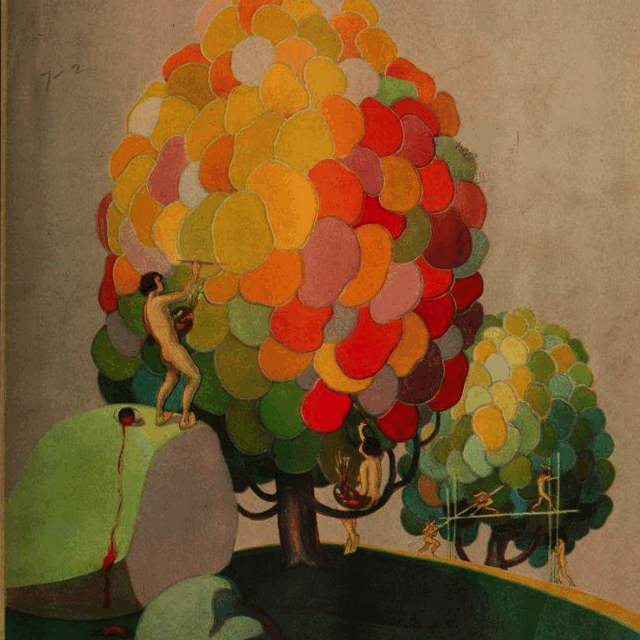Bugs Bunny, Meet Jim Crow
When I was a preschooler in North Carolina’s Piedmont, Betty Boop, Popeye, and Merrie Melodies / Loony Toons were the mainstays with a heavy dose of serials on the side. While the title didn’t stick with me, I sure remembered the closed garage / carbon monoxide cliffhanger of Daredevils Of The Red Circle and was delighted to rediscover it decades later, picked up an appreciation of serious music from the free use of public domain classical scores in both Warner Brothers cartoons and Western serials, and freaked out over the goofy-yet-scary robot Bela Lugosi built for The Phantom Creeps because of course he would.
There were comedy shorts as well, a lot of 3 Stooges, but far more importantly, Our Gang a.k.a. The Little Rascals (depending on which film library a particular station was drawing from).
Our Gang wielded an enormous but mostly unsung positive influence on race relations in this country, in particular in the heavily segregated American South.
First off, understand the era:
The 1950s was the height of Jim Crow. People were being arrested or having the crap beaten out of them for daring to ride a bus or eat at a lunch counter, while others were being lynched, bombed, or burned down for daring to challenge the racial order.
And in the middle of all this, local stations in the South would run Our Gang shorts in which an African-American kid (Farina or Stymie or Buckwheat depending on which particular point in the series a given short was filmed) was fully accepted and treated as an equal by all the white kids.
When we moved to Appalachia at the start of my public schooling, we could get only three TV stations. One ran a kids show in the morning before school and we’d see an Our Gang short there. Then, in the afternoon, one station would run cartoons and an Our Gang short at three, while a third station would run theirs an hour later.
Three times a day, five days a week (with an extra showing by two of the stations on Saturday) meant white kids raised in the middle of white supremacist culture saw 17 examples each week of white and black kids playing together equally, peacefully, without conflict, and to common goals.
I absolutely understand the criticisms that Stymie, Farina, and Buckwheat – no matter how benign the intent -- still represented stereotypical images, but I also see where despite that, they served a far greater good.
Years of daily multiple exposure helped make racial integration, if not harmony, thinkable, and once one generation accepted that, Jim Crow could no longer stand.
TV didn’t do it alone, it would be crazy to claim that.
But it did help.
© Buzz Dixon



